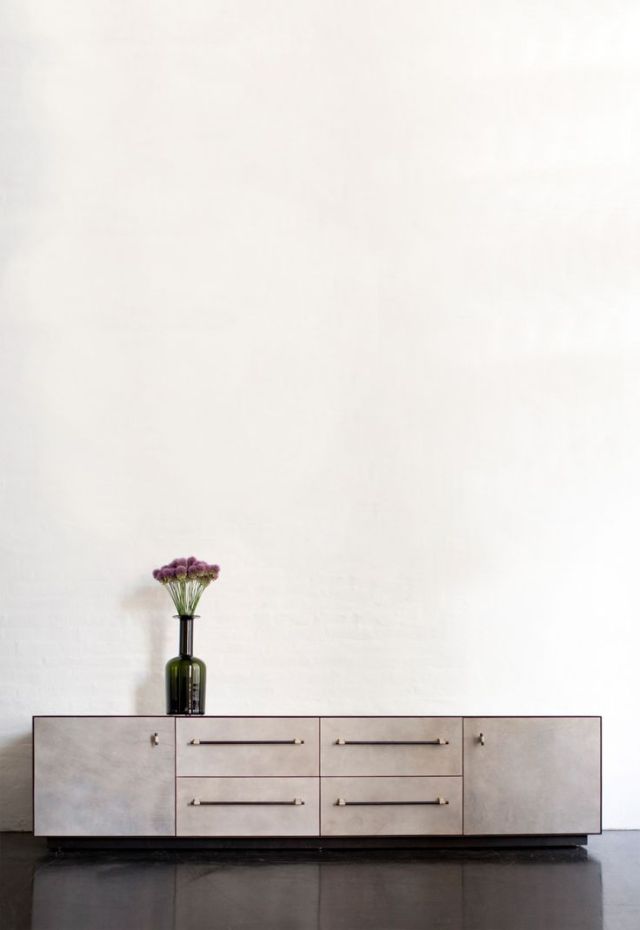

In his book Green: the History of a Color, Michel Pastoureau charts how green went from being unnamable and thus supposedly invisible for the Greeks (an idea espoused by first Nietzsche and later the Nazis) to becoming one of the most popular hues of the 20 th century. Over the centuries, we’ve associated green with ill health, good health, demons, God, nature, envy, and luck. This is particularly true in Western culture. They’re polarizing, like yellows (the least popular favorite color of all). But sometimes I recognize it as the color of a sinus infection-not so pretty now. Sometimes, when I try to describe celadon, I compare it to the silvery gray underside of spring maple leaves, turned belly-up before a storm. I want to like it, but I wouldn’t wear it, nor would I paint my bedroom with that turbid Clinique green. Or maybe I’m projecting, because I don’t know whether or not I find celadon all that appealing myself, though I, like Finlay, am predictably seduced by the mysticism and secrecy of this unseen green. I think her first response was the truest: nothing special at all. It had seemed to be about the colors I hadn’t been attracted to: the non-colors, which can best be described conceptually or meteorically, with words like misty, dreamy, ghostly, pale, foggy.” She claims she comes to love mi se and celadon both-she comes to see how delicate and rarified it is, how poetic, representing “a state of exquisite elemental tension”-but I don’t quite believe her. Later, after visiting the birthplace of the color, she adds, “What did I know about celadon? I knew when I first arrived in Hong Kong and seen it-in museums and antiques shops and people’s homes-I hadn’t really understood it at all. “It looked dirty, olive brown, nothing special at all,” she wrote. (Few could argue that #ACE1AF is as a beguiling a hue as the “mysterious color,” even though they are the same damn thing.) In her book Color: A Natural History of the Palate, journalist Victoria Finlay records a profound disappointment upon seeing the color. It’s hard not to imagine that in that process, something was lost. So, mi se had been unveiled and a myth had been pinned down. According to the Pantone naming convention, celadon is filed under 13-6108 TPX.)
#Arq celadon code
In digital design, it has the hex code #ace1af and is composed of 67.5% red, 88.2% green, and 68.6% blue-or in the CMYK color space, it uses 23.6% cyan, 0% magenta, 22.2% yellow, and 11.8% black. (A brief but important distinction: The word “celadon” is used to describe both the ceramics, which vary in tone, ranging from yellow greens to more gray-greens, and celadon the color, which, thanks to web designers and their exacting taxonomy of colors, is precise, defined, and does not vary. Then, in 1987, archeologists discovered a secret chamber of treasures in the ruins of a collapsed temple outside Xi’an. They knew it was green, but whether it was an emerald or a sage, they had no idea. Later, this green would go by the name “celadon” (named, supposedly, for a fictional French lothario who wore pale green ribbons) but for centuries in China it was known only as mi se meaning “mysterious color.”įrom the ninth century to the late twentieth century, people could only speculate about the true hue of mi se porcelain. The green-ish, gray-ish pottery emerged from the fire with a hint of brown and a fine crackle that supposedly reminded those early worshipers of imprecise beauty of jade. It was an imprecise color, a murky color, found only on special ceramics and created by a thinly applied glaze that transformed iron oxide from ferric to ferrous iron as it fired in the kiln. The common folk didn’t know it, but this green was (rather fittingly) one of those “ish” colors with no clear descriptive word.


There was once a color so beautiful that only royalty were allowed to see it.


 0 kommentar(er)
0 kommentar(er)
